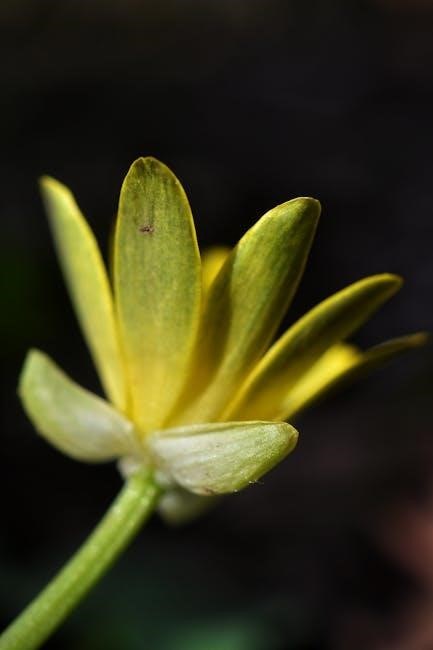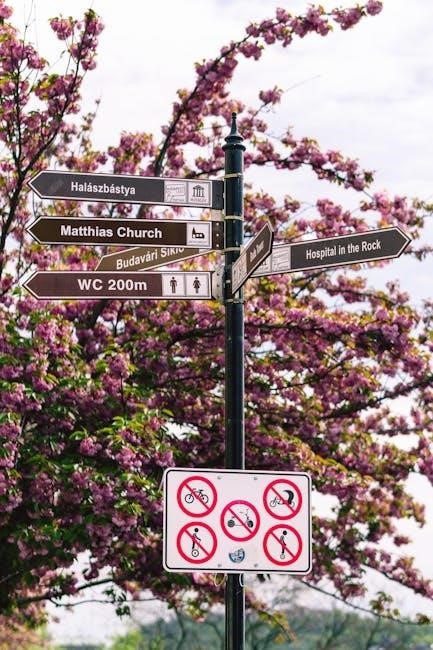Botany and fatality are closely linked, with many plants posing a threat to humans, according to the internet, every year people are affected by poisonous flowers and plants, using
- lists
to identify them.
Botanists Role in Identifying Poisonous Plants
Botanists play a crucial role in identifying poisonous plants, using their knowledge of plant characteristics to determine the level of toxicity. According to the internet, trained specialists such as botanists and toxicologists are necessary for reliable determination, especially in cases of poisoning. They use various methods, including
- lists
of phenotypic characteristics, to identify plants. The role of botanists is essential in preventing accidents and ensuring safe handling of poisonous plants. With their expertise, they can provide guidance on how to avoid poisonous plants and what precautions to take when interacting with them. By understanding the characteristics of poisonous plants, botanists can help prevent fatalities and promote a safer environment. Their knowledge is vital in creating guides and resources for identifying poisonous plants, making them a vital part of the process. They work tirelessly to educate others on the dangers of poisonous plants.

Classification of Poisonous Plants
Plants are classified using
- characteristics
and methods to determine toxicity levels and potential fatality risks always exist.
Phenotypic Characteristics and Identification Methods
Phenotypic characteristics such as color, flower shape, and leaf structure are used to identify plants, according to the internet, these characteristics can vary depending on the season and location, making identification challenging.
Trained specialists, including botanists and toxicologists, use a combination of methods, including illustrations and photos, to determine the identity of a plant, especially in cases of poisoning, where accurate identification is crucial.
The use of
- lists
and
- characteristics
can help in the identification process, but it is essential to consider the potential for variation and to consult with experts in the field to ensure accurate identification and to minimize the risk of fatality.
By understanding the phenotypic characteristics and using reliable identification methods, botanists can better navigate the world of poisonous plants and provide valuable information to others, ultimately reducing the risk of fatality and promoting a safer environment.

Poisonous Plant Species
Many plants are poisonous, including
- species
that can cause harm or fatality, according to internet sources, using
- lists
to identify them is essential for botanists and researchers alike always.
Baneberry and its Toxic Properties
Baneberry is a type of plant that contains toxic properties, according to internet sources, the plant’s poisonous parts include the root stock and sap, which can cause harm if ingested. The plant is often mistaken for Deadly Nightshade, but it has distinct characteristics, such as its vine-like growth and white flowers. The leaves of the Baneberry plant are shaped like arrowheads and can grow up to 18 inches long and 10 inches wide. The stems of the plant are longer than the leaves and are glossy green in color. The plant’s toxic properties make it a dangerous species, and botanists and researchers should exercise caution when handling it. The internet provides a wealth of information on the plant’s toxic properties and how to identify it. By using this information, botanists can better understand the plant and its potential dangers.
Bittersweet Nightshade and its Deadly Characteristics
Bittersweet Nightshade is a plant species known for its deadly characteristics, with all parts of the plant being toxic, especially the root stock and sap. The plant can grow up to 6 feet tall and has leaves shaped like arrowheads, which can grow up to 18 inches long and 10 inches wide. The stems of the plant are longer than the leaves and are glossy green in color. The plant produces spathe-shaped white flowers, which can be attractive but also deadly. According to internet sources, Bittersweet Nightshade is often mistaken for other plant species, but its unique characteristics make it identifiable. The plant’s toxic properties make it a danger to humans and animals, and botanists should exercise caution when handling it. By understanding the plant’s deadly characteristics, botanists can better appreciate the importance of proper identification and handling of toxic plant species. The internet provides valuable information on the plant’s characteristics and toxic properties.

Outdoor Programs for Botanists
Botanists participate in outdoor programs, including workshops and
- lectures
at various academies, utilizing internet resources to guide them.
The Edible Academy and its Facilities
The Edible Academy is a unique facility that offers a range of resources for botanists, including gardens, classrooms, and a greenhouse, all located near the East Gate, providing a comprehensive learning environment.
The campus features open air pavilions, restrooms, water bottle refill stations, and hand sanitizer dispensers, ensuring a comfortable and safe experience for participants.
The Edible Academy’s facilities are utilized for various programs, including outdoor sessions, and are equipped to handle different types of activities, from lectures to hands-on training, making it an ideal location for botanists to learn and grow.
The academy’s emphasis on edible plants and flowers provides a fascinating contrast to the study of poisonous plants, allowing botanists to gain a deeper understanding of the complex relationships between different species.
Overall, the Edible Academy’s facilities play a crucial role in supporting the education and research of botanists, and its unique resources make it an invaluable asset in the field of botany.

Guides for Identifying Poisonous Plants
Using
- lists
and images to identify poisonous plants is essential for botanists to avoid fatalities and ensure safe handling of toxic species every day.
Grouping Plants by Symptoms and Illustrations
To effectively identify poisonous plants, botanists use a variety of methods, including grouping plants by symptoms and illustrations. This approach involves categorizing plants based on the symptoms they cause, such as skin irritation or respiratory problems, and using illustrations to visually identify the plants. By using images and
- lists
of symptoms, botanists can quickly and accurately identify potentially deadly plants. The internet provides a wealth of information on this topic, including guides and resources for botanists. These guides often include
- lists
of poisonous plants, along with their symptoms and illustrations, making it easier for botanists to identify and avoid them. By using these resources, botanists can ensure safe handling and interaction with plants, and prevent fatalities. This approach is essential for botanists, as it allows them to work safely and effectively with plants.
Prevention Rules for Botanists
Botanists follow specific rules to prevent accidents and ensure safe handling of plants using proper equipment and protocols.
Safe Handling and Interaction with Poisonous Plants
To ensure safe handling and interaction with poisonous plants, botanists must follow strict protocols and guidelines, using proper equipment such as gloves and masks to prevent skin contact and inhalation of toxic substances.
They must also be aware of the potential risks and hazards associated with each plant species, and take necessary precautions to avoid accidents and exposure.
This includes wearing protective clothing, such as long sleeves and pants, and avoiding eating or drinking in areas where poisonous plants are present.
Additionally, botanists should be trained in the proper handling and storage of poisonous plants, and should have access to emergency response plans and first aid kits in case of accidents.
By following these guidelines and taking necessary precautions, botanists can minimize the risks associated with handling poisonous plants and ensure a safe and successful interaction with these species.
Using images and
- lists
can also help to identify and understand the risks associated with each plant.
